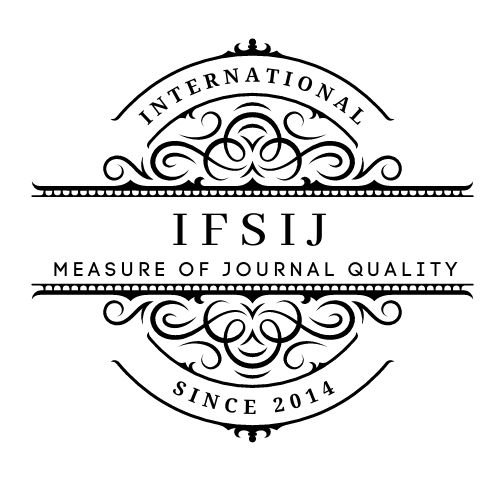EVALUATION OF MORPHOLOGICAL AND PHYSIOLOGICAL PERFORMANCE OF TWO IRAQI RICE VARIETIES UNDER DIFFERENT LEVELS OF SALT STRESS
Keywords:
Rice, growth traits, yield, carbohydrates, chlorophyll, salt stress.Abstract
With the aim of evaluating the morphological and physiological performance of two Iraqi rice cultivars (Anber 6 and Anber 33) under several levels of salinity, an experiment was carried out on a farmer’s farm in the Al-Hasaniya area in Najaf Governorate, Iraq. The results showed that the two rice varieties were negatively affected by salt stress, and the treatment (S0) achived the highest averages in most of the vegetative growth traits (plant height, leaf area, panicle length and dry weight) which reached 93.72 cm, 79.00, 21.40 cm, and 121.00 g plant, respectively. Regarding the yield and its components, the control treatment (S0) also recorded the highest averages in most of the traits namely No. of effective tillers, yield of grains; Weight of 1000 grains; and index of harvest of 41.00, 23.79 g 67.04 g plant-1, 29.15 respectively, with exclude of biological yield trait at level (S01) with an average of (161.00). The Anber 33 variety also recorded superiority in most of the yield traits. As well as content of chlorophyll and carbohydrate reaching 0.078 and 17.38 respectively. As for the interaction, the combination (Anber 33 × S0) also achieved the highest average for chlorophyll and carbohydrate content, reaching 0.080 and 21.85 respectively. In general, the performance of the Anber 33 variety outperformed that of the Anber 6 variety in most of its traits. These findings could help clarify the physiological mechanisms behind rice plants' responses to salt stress and aid in the development of more salt-tolerant rice varieties.
Downloads
Published
How to Cite
Issue
Section
License

This work is licensed under a Creative Commons Attribution-NonCommercial-NoDerivatives 4.0 International License.















